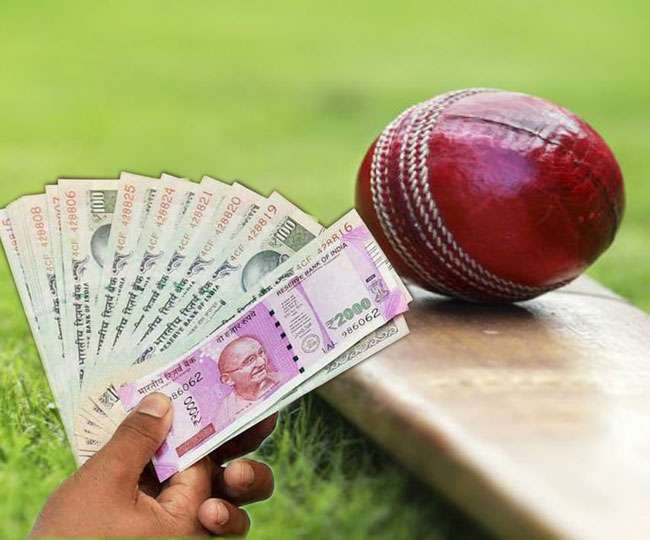Boundaries and Field Placements in Cricket
Cricket, often hailed as the "gentleman's game," is a sport that requires strategic planning and precise execution. Central to this is the arrangement of fielders and the understanding of boundaries. These elements play a crucial role in determining the course of a match. In this article, we will delve into the intricacies of boundaries and field placements in cricket.
Boundaries
In cricket, the boundary is the demarcated area that defines the perimeter of the field. When the batsman hits the ball and it crosses this line, it is counted as a run. The boundary is marked by a rope, and its distance from the pitch can vary from ground to ground. The most common boundary is the 4-run boundary, which is about 70 to 75 meters from the center of the pitch. However, some larger stadiums can have boundaries as far as 90 meters.
The maximum score off a single hit is determined by where the ball lands in relation to the boundary. If the ball clears the boundary without touching the ground, it's counted as a six and awards the batting team six runs. If the ball bounces within the field of play before crossing the boundary, it's a four and earns the batting team four runs.
Field Placements
Field placements are the strategic arrangement of fielders on the cricket field. The captain, in consultation with the bowler, decides where to position the players based on various factors including the style of the batsman, the type of bowler, and the match situation.
Slips
These are fielders placed behind the batsman, typically on one side. They are positioned to catch an edge from the batsman's shot. Slips are a crucial part of the field, especially in the early overs when the ball is new and tends to swing or seam.
Gully
Similar to slips, gully fielders are placed on the off-side but closer to the batsman. They are also there to catch edges, especially when the batsman is driving the ball.
Point
This is a fielder on the off-side, behind square, who covers the area between cover and third man. They are there to cut off any shots that go in that direction.
Cover
Cover fielders are placed to the off-side and cover the area between point and mid-off. They are positioned to stop shots that are hit through the covers.
Mid-off and Mid-on
These fielders are placed straight in front of the batsman, one on either side. They are there to stop straight drives and also for run-outs.
Mid-wicket and Square leg
These fielders are placed on the leg-side. They cover the areas between mid-on and square leg. They are important for stopping shots played on the leg-side.
Fine leg
This fielder is placed behind square on the leg-side and is used to prevent easy runs in that region.
Deep fielders
Depending on the match situation and the type of bowler, fielders may be stationed on the boundary to prevent boundaries or take catches.
Conclusion
In conclusion, understanding boundaries and field placements in cricket is essential for both the batting and bowling sides. The placement of fielders can greatly influence the course of the game, and knowing where to hit the ball is crucial for a batsman. Likewise, bowlers must be aware of where their fielders are positioned to maximize their effectiveness.
For those looking to enhance their cricket experience, exploring the top cricket betting sites can add an extra layer of excitement. These platforms offer a range of options for cricket enthusiasts to engage with the game beyond just being spectators.
Cricket, with its blend of strategy, skill, and teamwork, continues to captivate audiences worldwide. As players and fans alike continue to delve into its intricacies, boundaries and field placements will remain key elements in shaping the outcome of matches.



